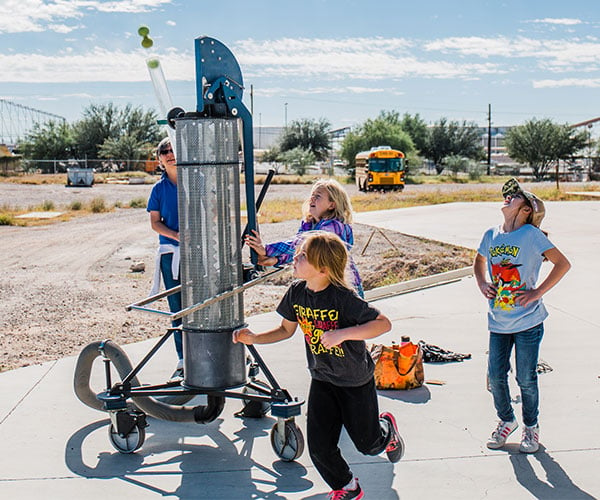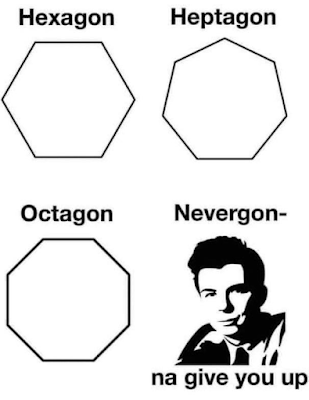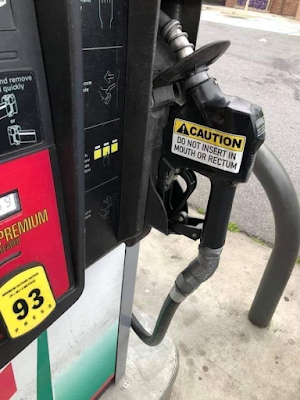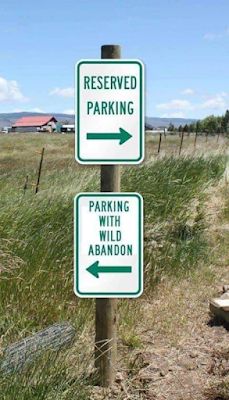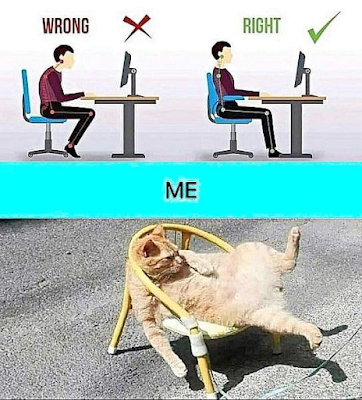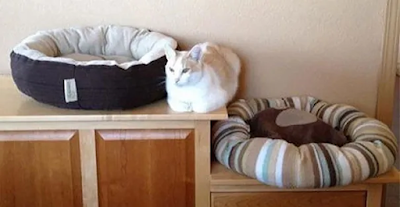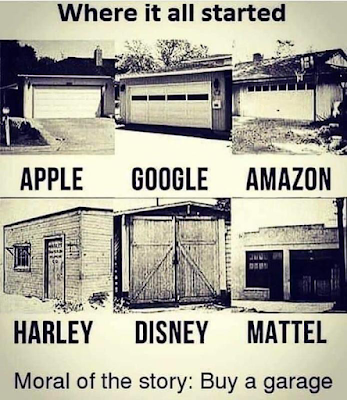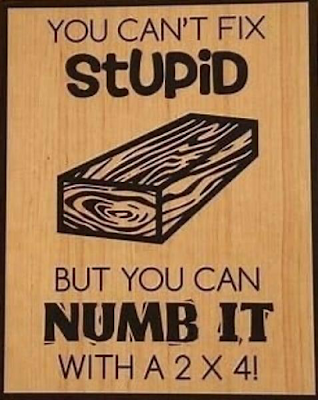https://i.kinja-img.com/gawker-media/image/upload/c_fill,f_auto,fl_progressive,g_center,h_675,pg_1,q_80,w_1200/22224b3df903754d84557092af44bb96.png
Everything old is new again. In 2021, fanny packs are high fashion, Clippy is a beloved icon, and KidPix—the beloved art toy that’s been untouched since the early 2000’s—is back.
Well, sort of. Software engineer Vikrum Nijjar ported one of the original editions of KidPix into Javascript and HTML, turning the forgotten piece of software into something anyone can play with, right in their browser. While there have been many different editions of Pix released over the years, Nijjar’s port features the OG KidPix 1.0 that was released in 1989.
For the uninitiated, KidPix was kind of like baby’s first Photoshop. There were wacky paintbrushes, stamps, and drawing tools, along with other features that could allow you to add gradients, duplicate parts of your canvas, and more. The only snag is that none of these tools are actually labeled. Instead, the program is designed to let you learn what the tools do as you play around with them. Instead of an actual undo button, there’s the face of a shocked man who shouts “oops!” at you while undoing your work. If you want to clear your canvas entirely, you’ll need to find the firecracker button that—after playing an equally loud explosion—leaves you with a white page.
It is, in other words, very, very silly. But that’s what makes it so fun.
G/O Media may get a commission
After about ten minutes of clicking around and listening to the bizarre sounds some of the brushes made (the spirograph’s ‘weewoo’ was my personal favorite), I have to say this gets the 90’s kid seal of approval. It’s exactly the type of thing you want to play if you want to pretend, just for a second, to be sitting in your 1st-grade computer lab. Give it a try!
Gizmodo
